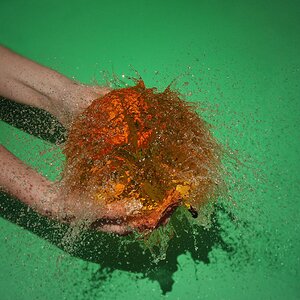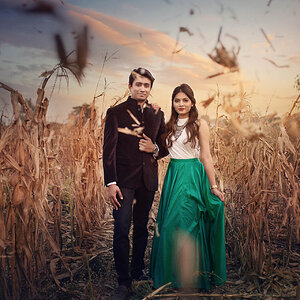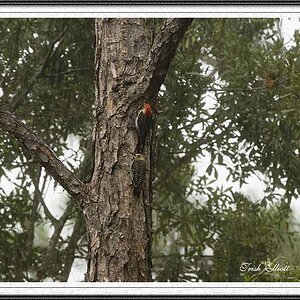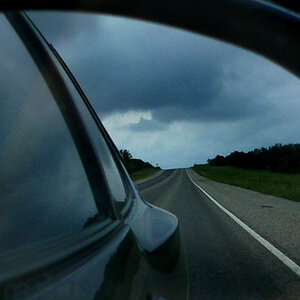- Joined
- Mar 14, 2012
- Messages
- 195
- Reaction score
- 83
- Location
- Colorado
- Can others edit my Photos
- Photos OK to edit
The (quite understandable) discussions and concern about high-ISO noise reminds me of a past discussion...
Think of your most technically perfect photos, and think of your most "moving" photos (emotionally). Are they the same?
For example, one of my personal favorites was shot (by my wife) with a super-zoom, handheld of me and my daughter from the shore out on a sailboat. No one else would likely consider the photo to be all that great or even good. But for me there's an emotional connection that I cherish. Oh, and the noise? Awful. Sharpness? Contrast? Nope, and nope. Still, it's one of those that I'd grab for a fire-evacuation.
On a related point, I think that a key reason that I "connect" with that picture is because it's printed out. I think that printing is sooo important.
Think of your most technically perfect photos, and think of your most "moving" photos (emotionally). Are they the same?
For example, one of my personal favorites was shot (by my wife) with a super-zoom, handheld of me and my daughter from the shore out on a sailboat. No one else would likely consider the photo to be all that great or even good. But for me there's an emotional connection that I cherish. Oh, and the noise? Awful. Sharpness? Contrast? Nope, and nope. Still, it's one of those that I'd grab for a fire-evacuation.
On a related point, I think that a key reason that I "connect" with that picture is because it's printed out. I think that printing is sooo important.





![[No title]](/data/xfmg/thumbnail/39/39511-592cbd68b1d797ffce7e41e4fbfed890.jpg?1619739066)






![[No title]](/data/xfmg/thumbnail/35/35665-6506470fd930bd101375a007d572615a.jpg?1619737089)

